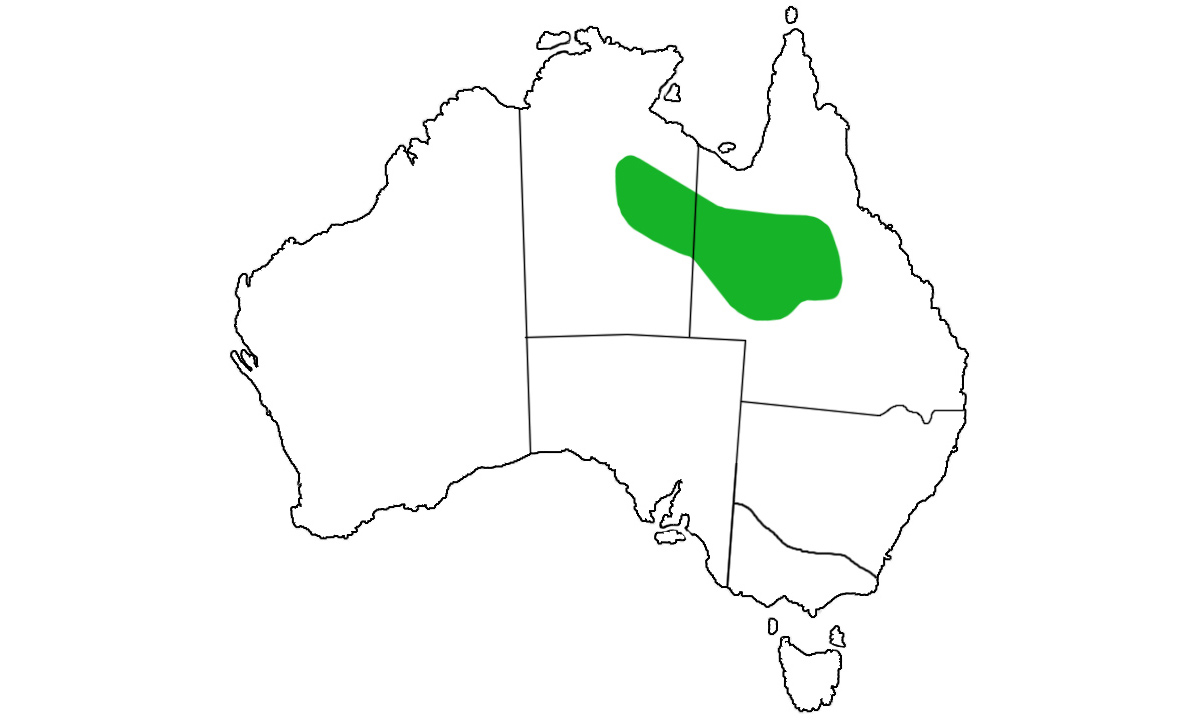Spencer's Monitor
/Varanus spenceri or Spencers Monitor
When well fed, spencers monitor can become quite bulky. But when times are lean, Spencers Monitors can tolerate quite severe emaciation. Adults of this species eat lizards, snakes, large insects, and small mammals. Juveniles will eat smaller insects, such as grasshoppers, and small reptiles like geckoes and skinks. Living in the drought-prone Black Soil Plains of arid Australia, these animals have had to become accustomed to a Feast-or-Famine lifestyle - gorging when food is plentiful during a rainy spell, then surviving on their stored fat supplies when the going gets tough.
Spencers Monitors are named after W. Spencer, a past professor of biology from the University of Melbourne. A female will lay from 11 to 35 eggs in a deep burrow that she's excavated in an elevated soil bank. The eggs take about 110 days to hatch, and after emerging, the young monitors will shelter under rocks and stones, or in the deep soil cracks. These cracks provide a home not only for the youngsters, but also for many small insects, meaning that the growing monitors never have to look very far for a quick snack.
Did you know that Spencers Monitor...
- When well fed, spencers monitor can become quite bulky. But when times are lean, Spencer's monitors can tolerate quite severe emaciation.
- A female spencers monitor will lay from 11 to 35 eggs in a deep burrow that she's excavated in an elevated soil bank. The eggs take about 110 days to hatch.
- Living in the arid Australia, these animals have had to become accustomed to a Feast-or-Famine lifestyle - gorging when food is plentiful when it rains, then surviving on their stored fat supplies when the going gets tough.
- Spencers monitors are named after W. Spencer, a past professor of biology from the University of Melbourne.



